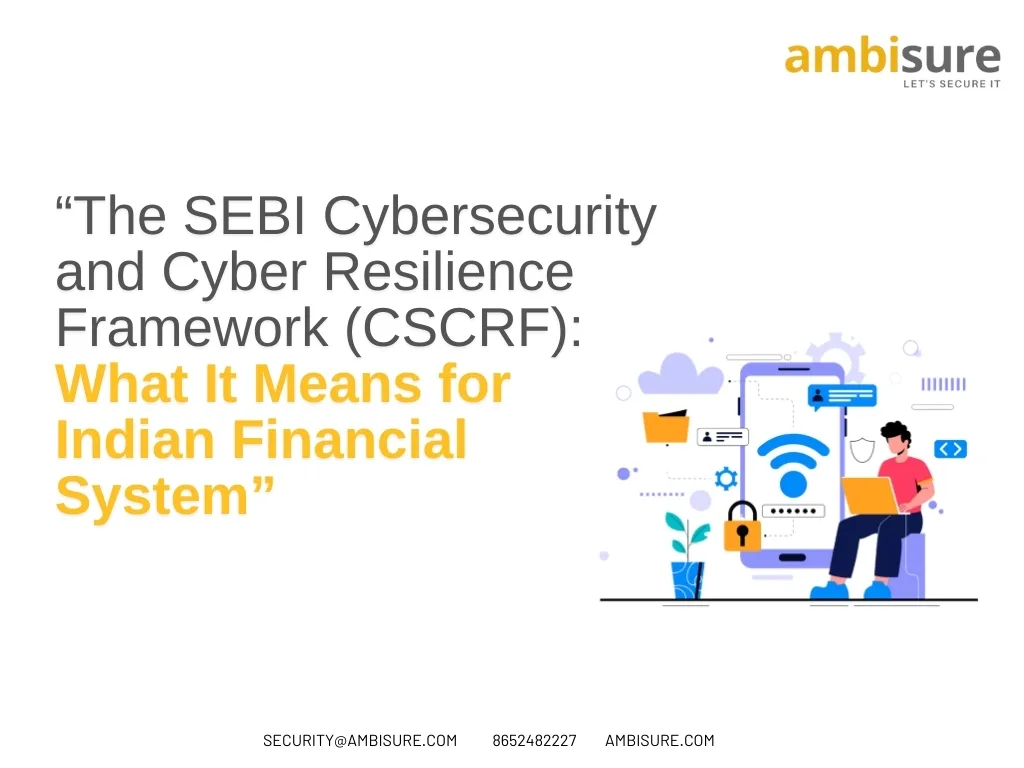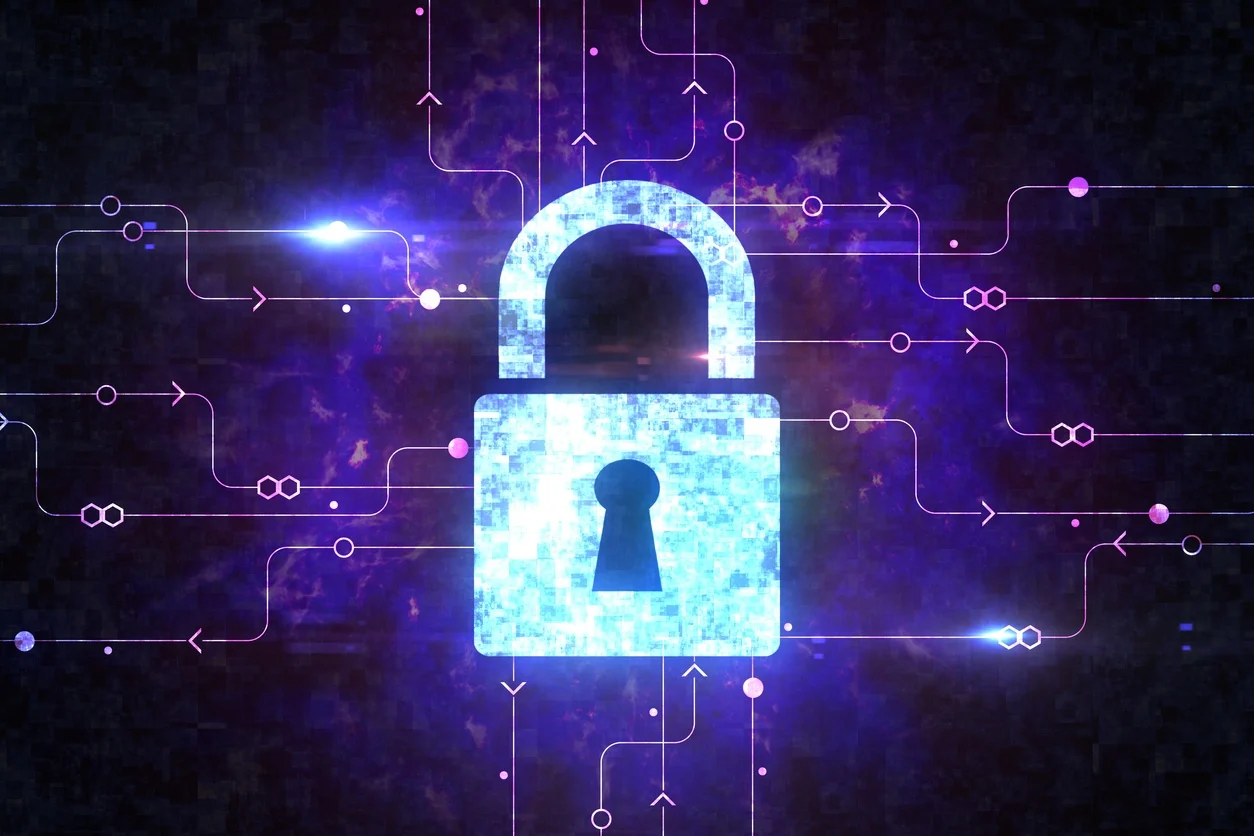“The SEBI Cybersecurity and Cyber Resilience Framework (CSCRF): What It Means for Indian Financial System”
SEBI’s Cybersecurity and Cyber Resilience Framework (CSCRF) isn’t just another compliance mandate—it’s a lifeline for India’s financial market stability. It is a framework, designed to address the vulnerabilities of India’s regulated financial entities, sets the bar high for cybersecurity and resilience, demanding financial institutions fortify themselves against emerging threats. Whether you’re a major stock exchange, a custodian, or a broker, here’s what CSCRF means for your institution, what’s at stake, and why compliance isn’t optional.
Why Was CSCRF Introduced ?
For multiple reasons, our Indian financial industry has always been a prime target for cybercriminals. And in recent years, the Indian financial industry has grown tremendously, especially post pandemic the participation from small time investors increased as well.
On the other end cyber threats have evolved in sophistication and scale. Additionally, various cyber and noncyber incidents around financial frauds, unauthorized trading, data breaches, has led investors and customers to lose trust in the Indian Financial Ecosystem.
To stabilize the Indian economy and curb the Cyber threats, SEBI has introduced the CSCRF to:
- Protect market stability by minimizing cyber risks across India’s capital market.
- Ensure confidentiality, integrity, and availability of data in the financial ecosystem.
- Act as a Protective Shield & Respond to the growing complexity of cyber threats targeting critical market infrastructure.
In essence, CSCRF is designed to fortify India’s financial infrastructure against cyber risks that could have devastating effects on the national economy, investors, and the public trust .
What is CSCRF ?
The Cybersecurity and Cyber Resilience Framework (CSCRF) is SEBI’s structured approach to cybersecurity for Indian Financial Sector CSCRF mandates strict security policies, controls, monitoring, and resilience measures.
What is important to note is that SEBI has considered the diversity of players in this sector and tailored it as per different levels of organizational size and systemic importance.
They Key elements of CSCRF designed that even an organization with No security implementation can achieve CyberResilience, here are few points to note:
- Governance and Risk Management: To understand & define, where the responsibility lies in case of cyber incident and how to effectively manage risk
- Security Controls: This section is an exhaustive list of controls an organization must have or good to have as per their category defined in the framework.
- Incident Response: Detailed requirements & activities for breach detection, response, and reporting within stipulated timeframes.
- Continuous Monitoring: Ongoing surveillance of systems, including breach and attack simulation (BAS), threat intelligence sharing, and third-party risk management.
- Resilience and Recovery: Strategies to ensure business continuity and disaster recovery to minimize downtime from cyber incidents.
What are the categories considered by SEBI under CSCRF ?
The CSCRF impacts a broad range of financial entities within SEBI’s jurisdiction, categorized mainly as:
- Market Infrastructure Institutions (MIIs): These are critical financial infrastructure players like Stock Exchanges, Clearing Corporations, and Depositories. As the backbone of the trading ecosystem, they face the most stringent CSCRF requirements.
- Qualified Regulated Entities (Qualified REs): These are larger regulated entities with substantial Assets Under Management (AUM) or client bases or Assets Under Custody.
- Other REs: Mid-sized and small financial entities also have cybersecurity expectations, although with scaled-down requirements based on their operational size and risk level.
These entities are considered considering their central or supportive role in the market and the extensive amount of sensitive data they handle. MIIs and Qualified REs are expected to adhere to stringent security standards to prevent incidents that could impact not only their operations but also the financial market at large.
What Needs to Be Done ?
To comply with CSCRF, impacted entities must implement a series of cybersecurity policies, technologies, and practices. Here’s a summary of what each entity should focus on:
- Establish a Cybersecurity Governance Structure
- Develop policies outlining roles and responsibilities for cybersecurity and risk management.
- Create a dedicated cyber team and appoint responsible personnel for cybersecurity operations.
- Deploy Security Controls
- Major Controls to protect Endpoints, Network Devices, Data, & Identity
- Testing: Conduct regular vulnerability scans and penetration testing to identify and resolve security flaws. These tests are not limited to Devices & EndPoints, but such or similar tests to be carried out for employees as well as for management.
- Strengthen Incident Response & Recovery
- Implement and test incident response plans to prepare for potential breaches.
- Report cybersecurity incidents to SEBI using their online portal within specified timelines.
- Ensure business continuity and disaster recovery plans are in place and regularly tested.
- Engage in Continuous Monitoring and Threat Intelligence
- Use a Security Information and Event Management (SIEM) system for real-time monitoring and automated threat detection.
- Subscribe to threat intelligence feeds and collaborate with other financial entities to stay updated on emerging threats.
- Manage Third-party and Supply Chain Risks
- Implement a vendor risk management program to assess and monitor cybersecurity risks posed by third-party vendors.
Set up security agreements with third parties to ensure their compliance with cybersecurity standards.
What If CSCRF is Not Followed ?
Non-compliance with CSCRF can have serious repercussions for regulated entities :
- Penalties and Fines: SEBI has authority to impose heavy fines and penalties on entities that fail to comply with the CSCRF requirements. These financial consequences can be substantial, affecting the profitability of the entity.
- Reputational Damage: A failure to comply can harm an entity’s reputation, particularly if non-compliance leads to a security incident. Loss of customer trust can have a long-term impact on the business.
- Operational Impact: Without robust cybersecurity measures, entities are at a higher risk of cyber incidents. These incidents can disrupt operations, result in data breaches, and lead to significant financial losses.
- Regulatory Scrutiny: Non-compliance could lead to increased scrutiny and audits from SEBI, which can be time-consuming and costly for the entity. Frequent audits and investigations could also impact the day-to-day functioning of the entity and business shutdown.
- Loss of Market Standing: In severe cases, SEBI may restrict or suspend non-compliant entities from participating in the market, potentially leading to a loss of clients and revenue.
- Risk to National Security: As financial infrastructure is integral to national stability, SEBI and other governing bodies see non-compliance as a threat to economic stability.
The Bottom Line: CSCRF Compliance is Non-Negotiable
SEBI’s Cybersecurity and Cyber Resilience Framework (CSCRF) is not just a regulatory requirement—it’s a vital component in securing India’s financial infrastructure against evolving cyber threats. For MIIs and Qualified REs, compliance with CSCRF isn’t optional; it’s a necessity to protect themselves and the larger financial ecosystem from cyber risks. AmbiSure Technologies helps organizations adhering to CSCRF, financial entities can enhance their cyber resilience, secure their sensitive data, and build greater trust with clients and stakeholders. Remember, being proactive in cybersecurity isn’t just about meeting regulatory demands— with AmbiSure Technologies ensures the long-term stability and success of your organization in a digital-first world.
Start your journey toward full compliance now with us to protect your institution and contribute to a robust, cyber-resilient financial market.
Archives
- March 2025 (6)
- February 2025 (5)
- November 2024 (5)
- June 2024 (7)
- April 2024 (1)
- September 2022 (3)





















